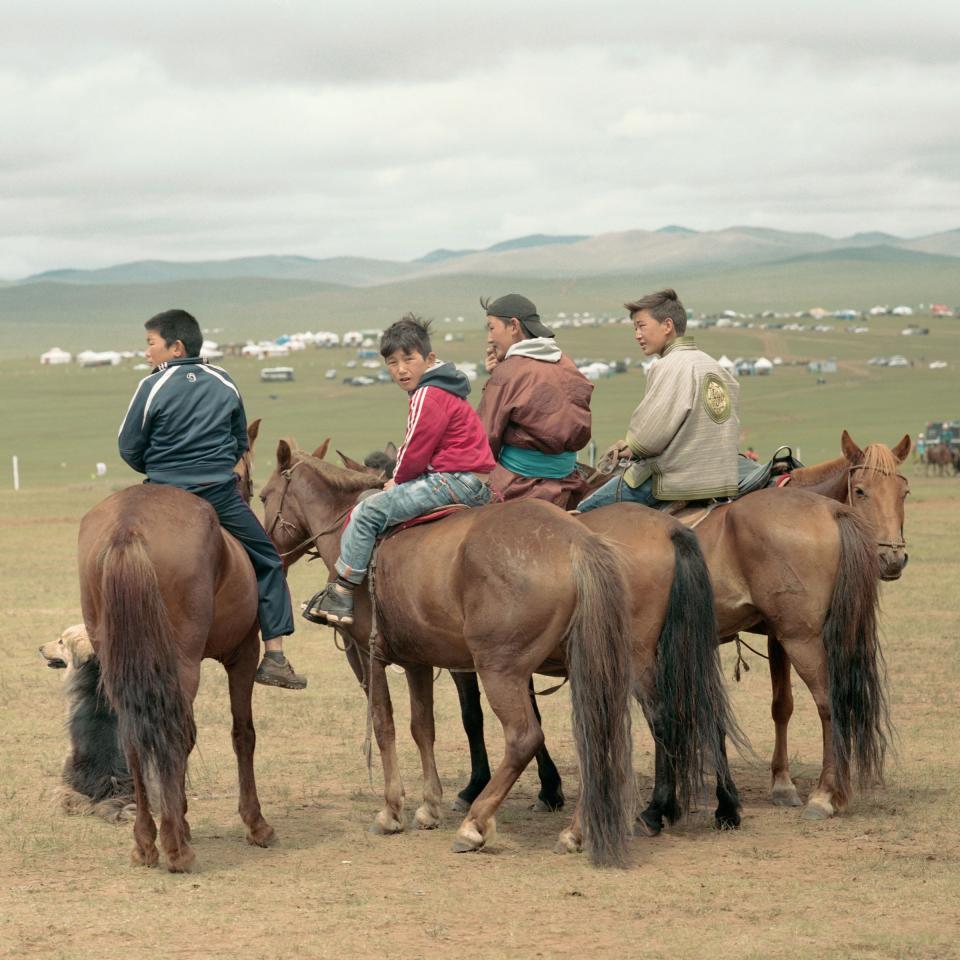The Nomadic Way Meets Generation Z in Modern Mongolia
The Nomadic Way Meets Generation Z in Modern Mongolia
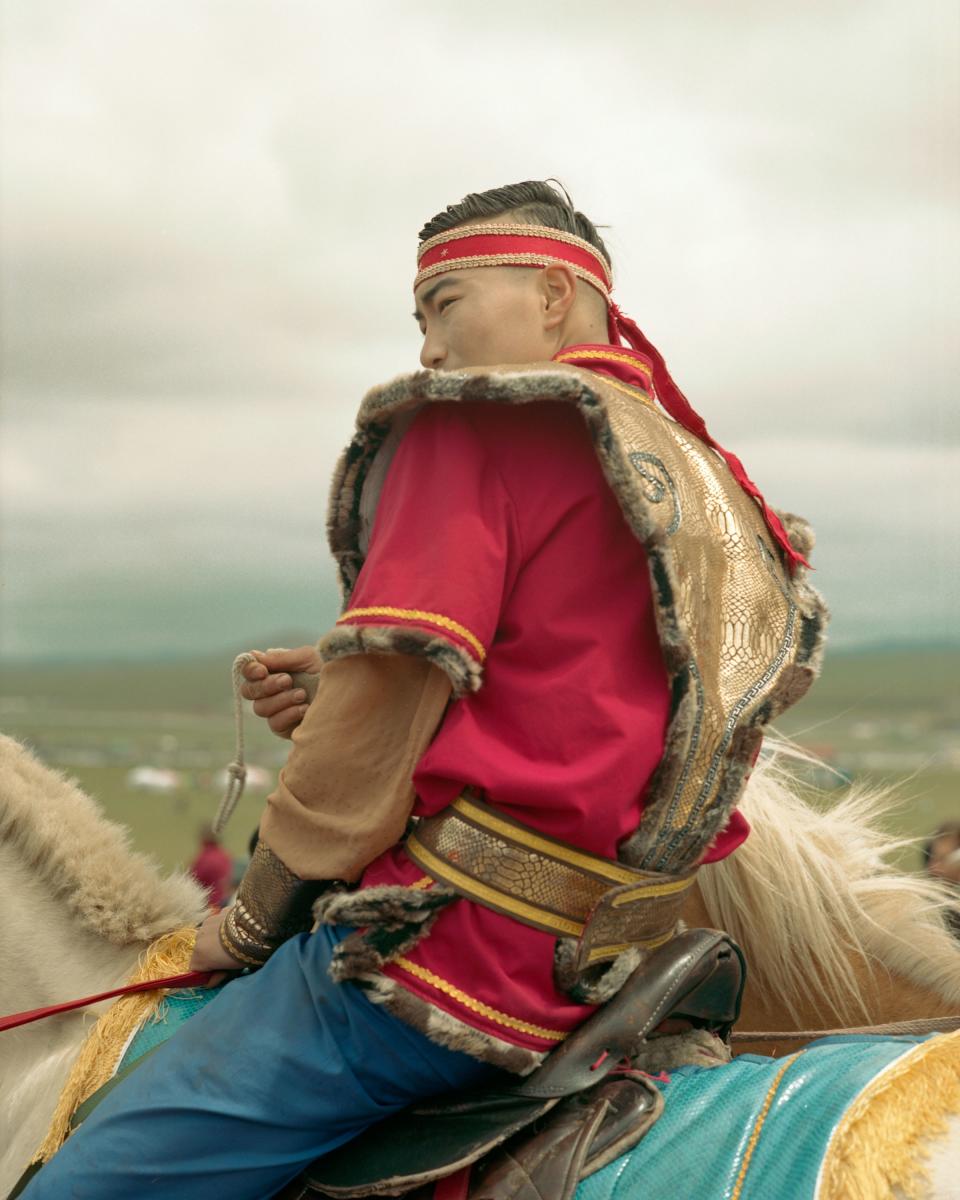
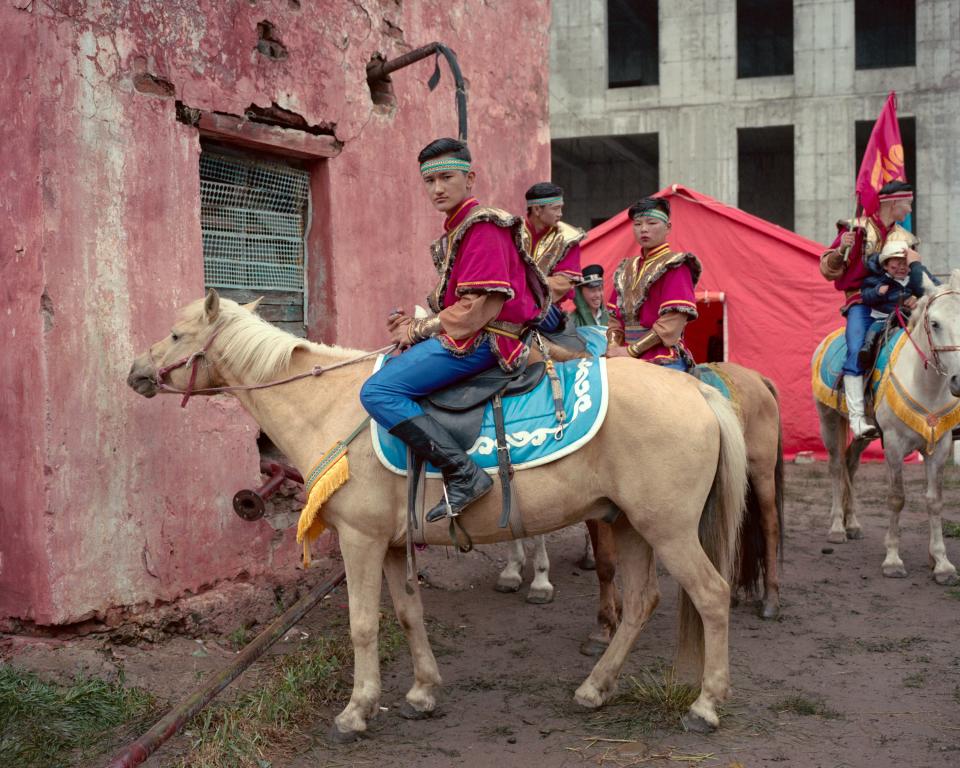
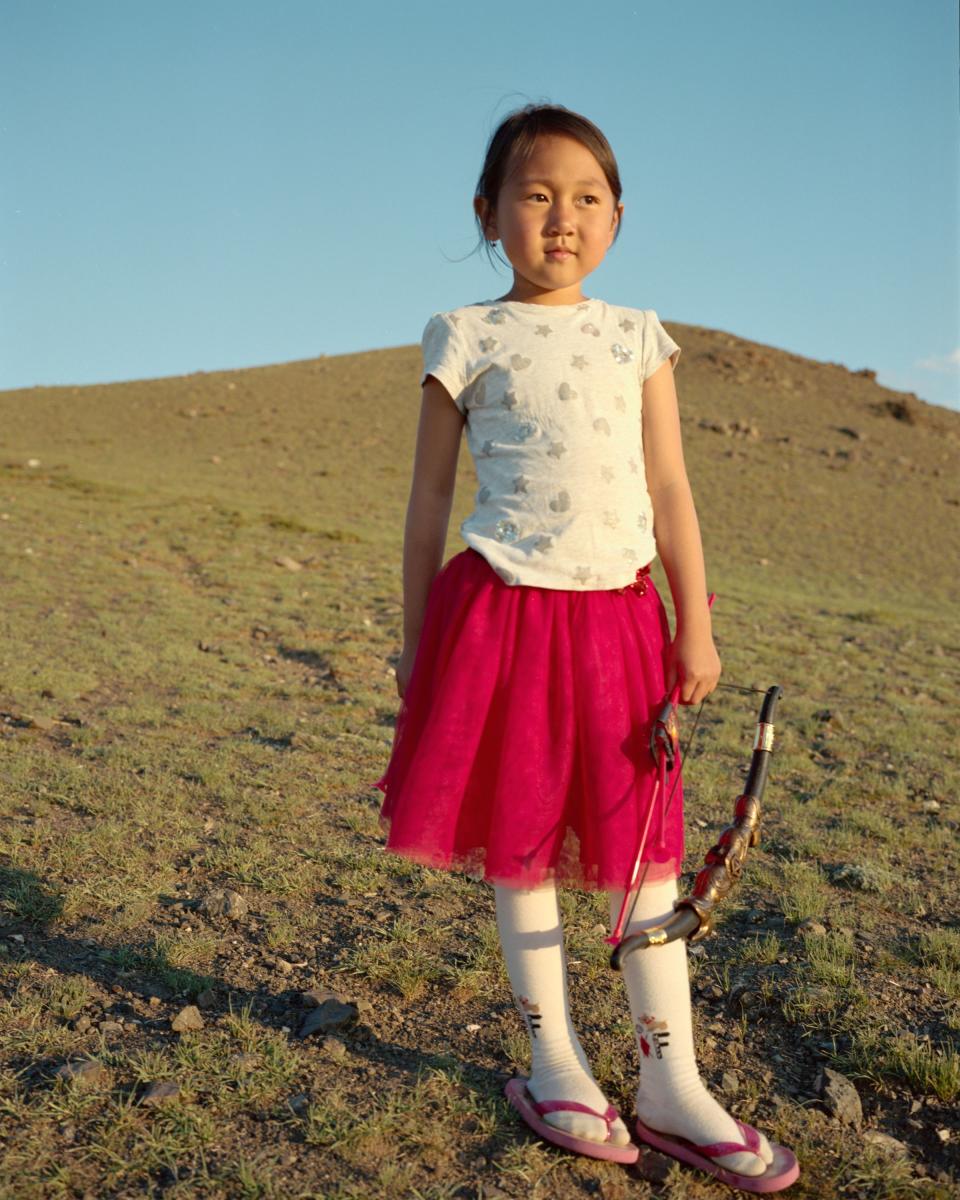
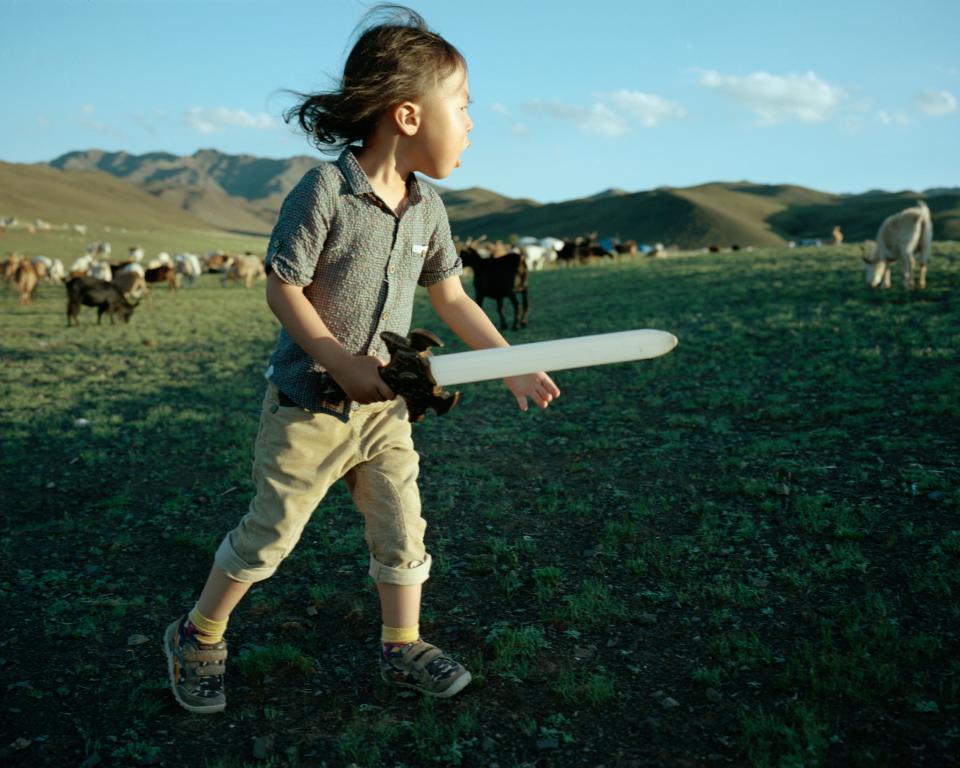
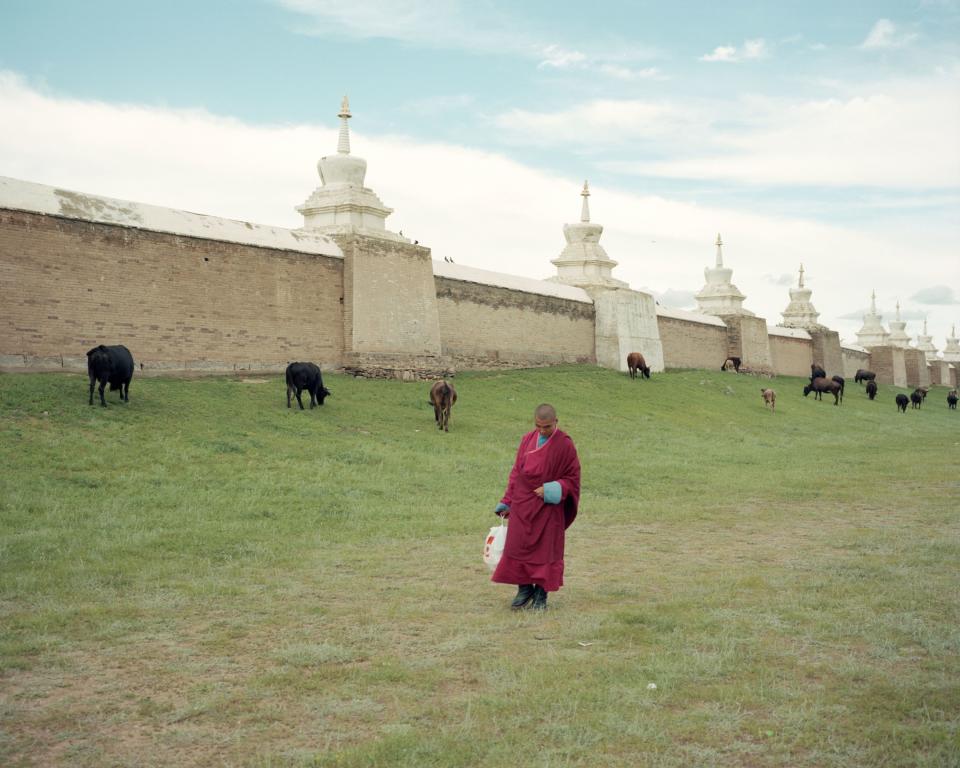
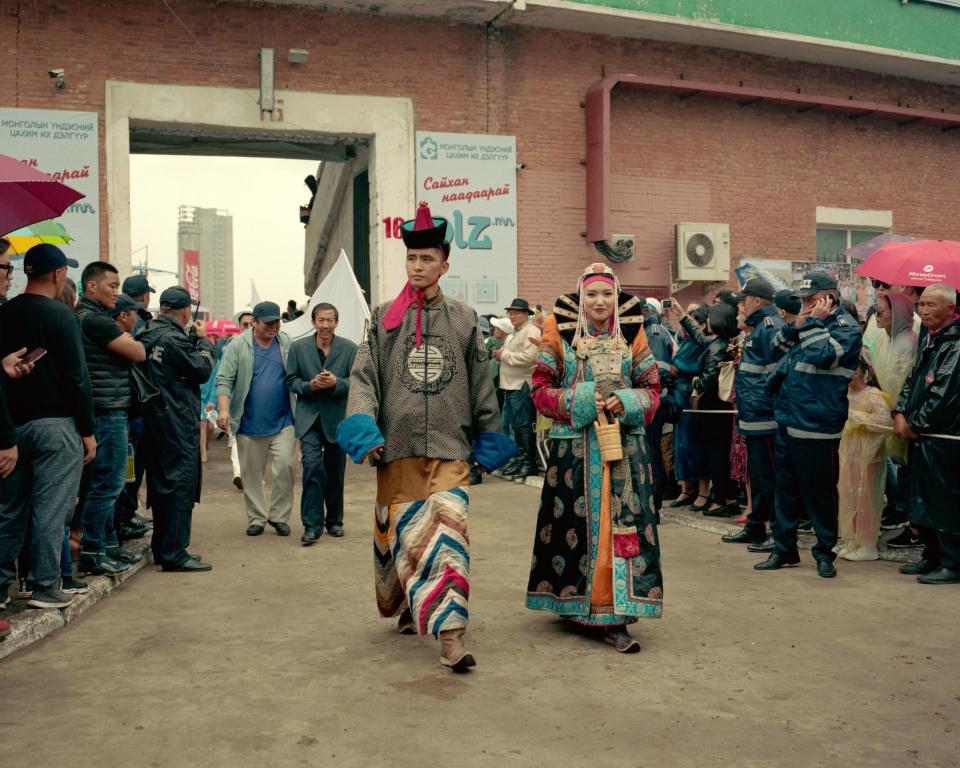
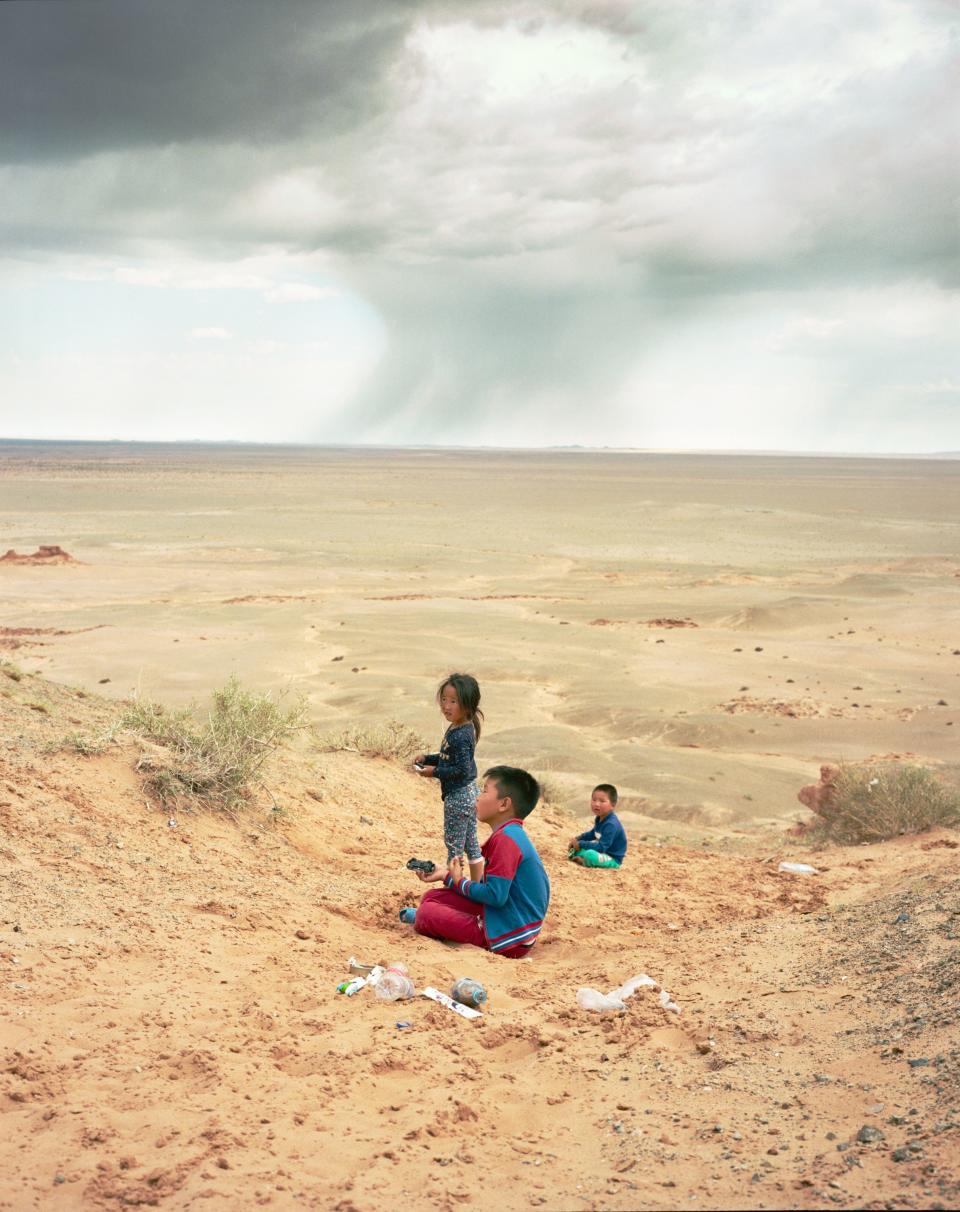
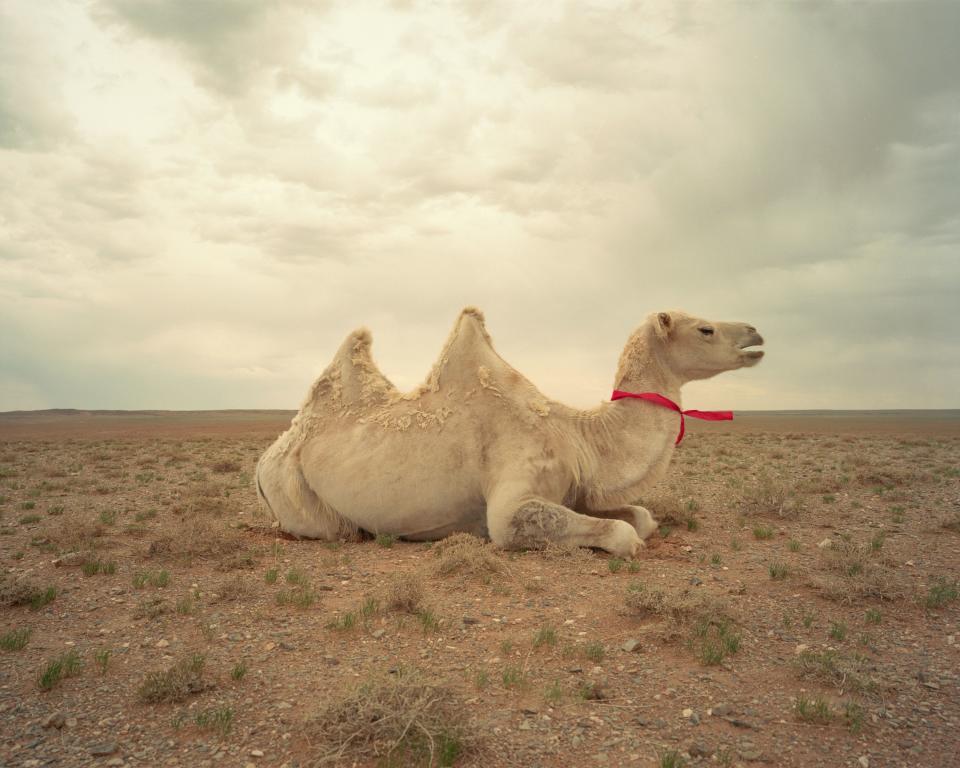
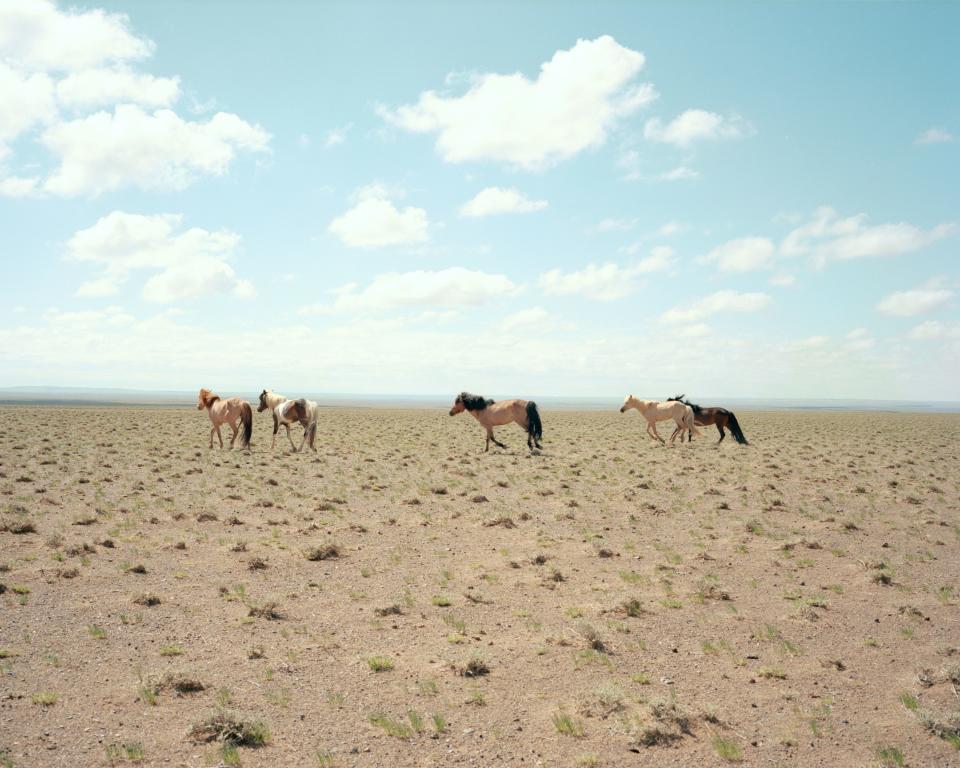
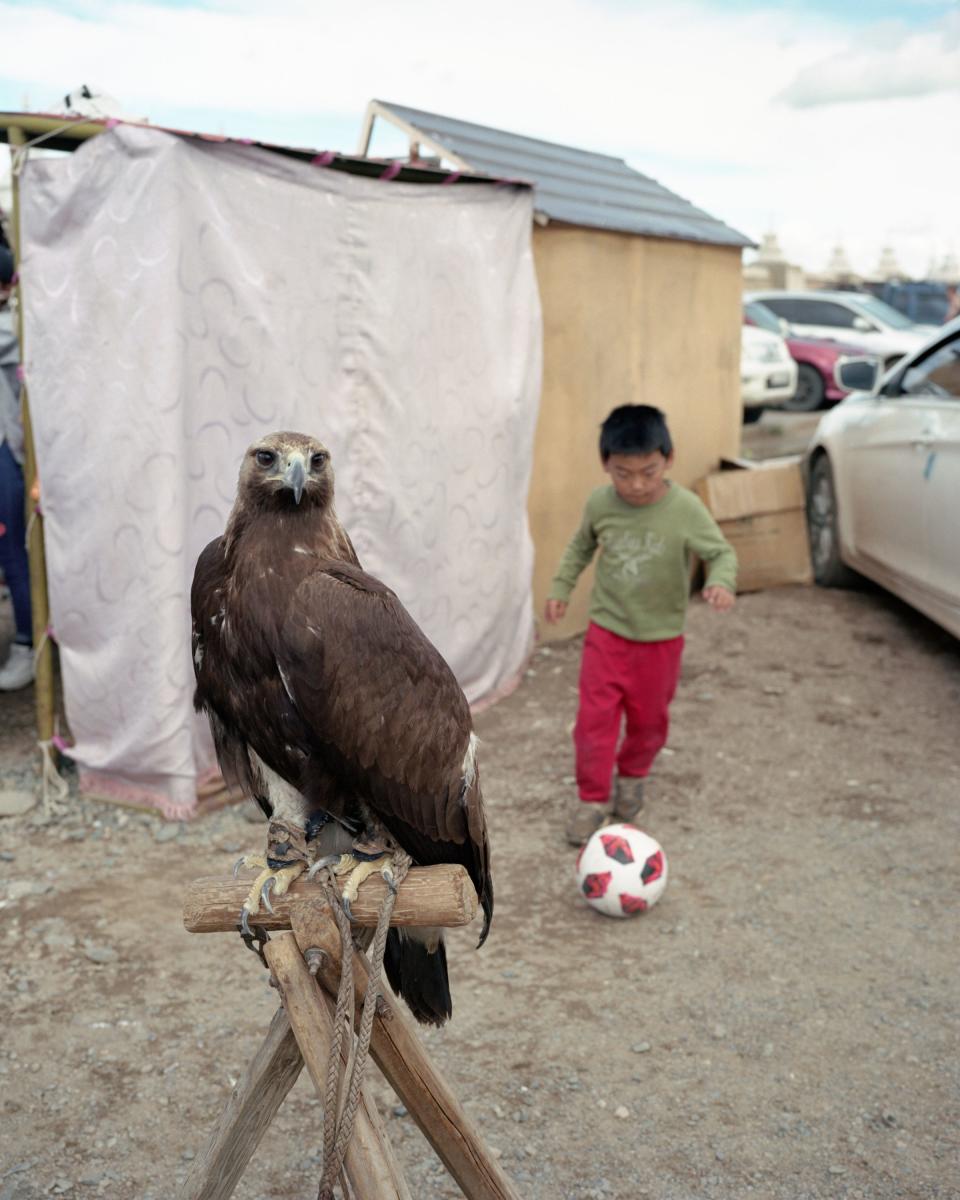
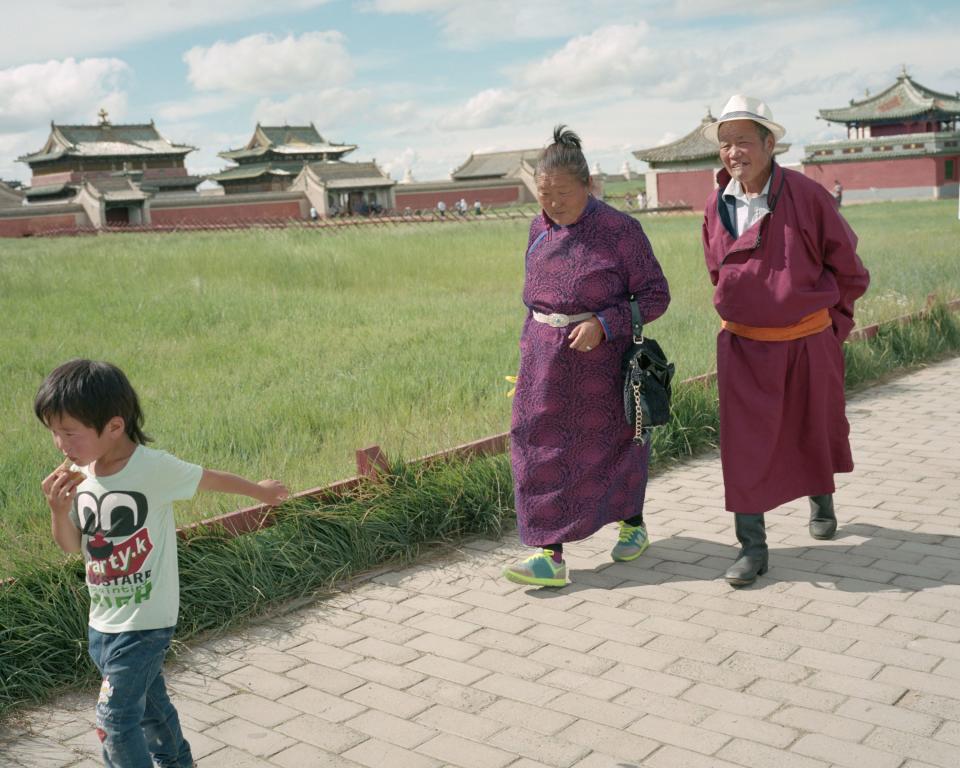
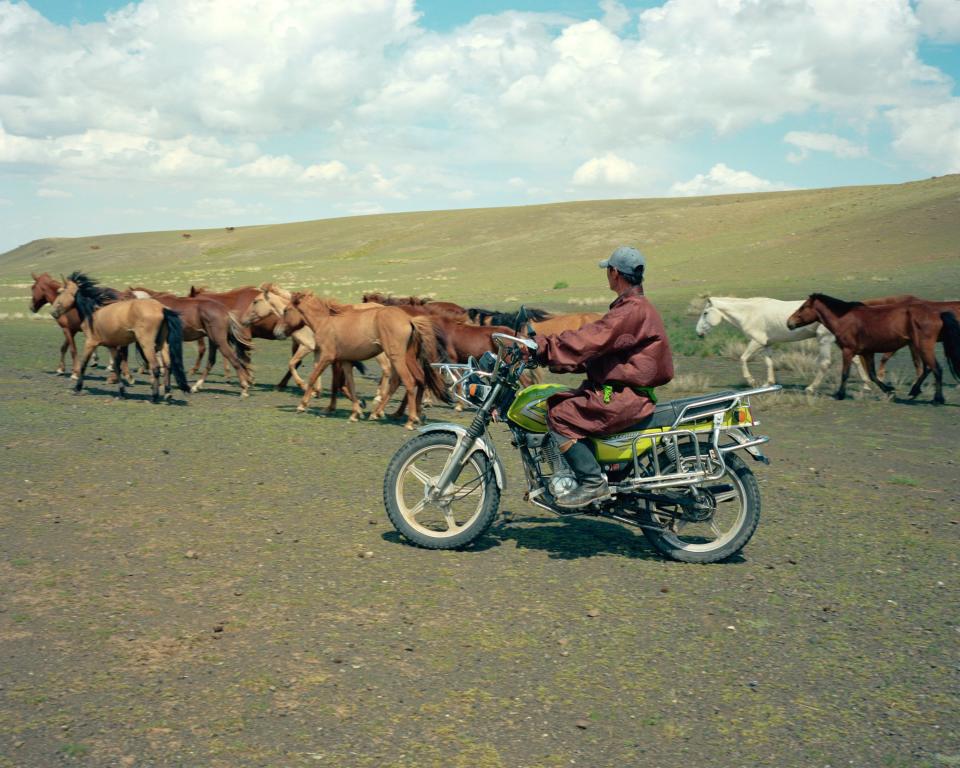
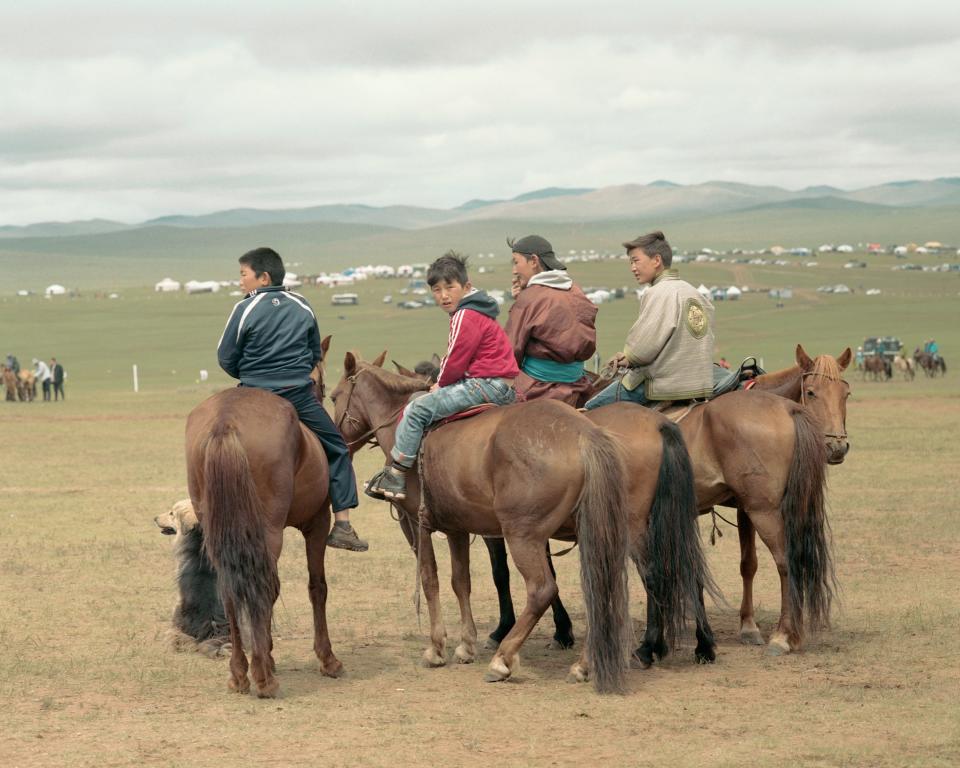
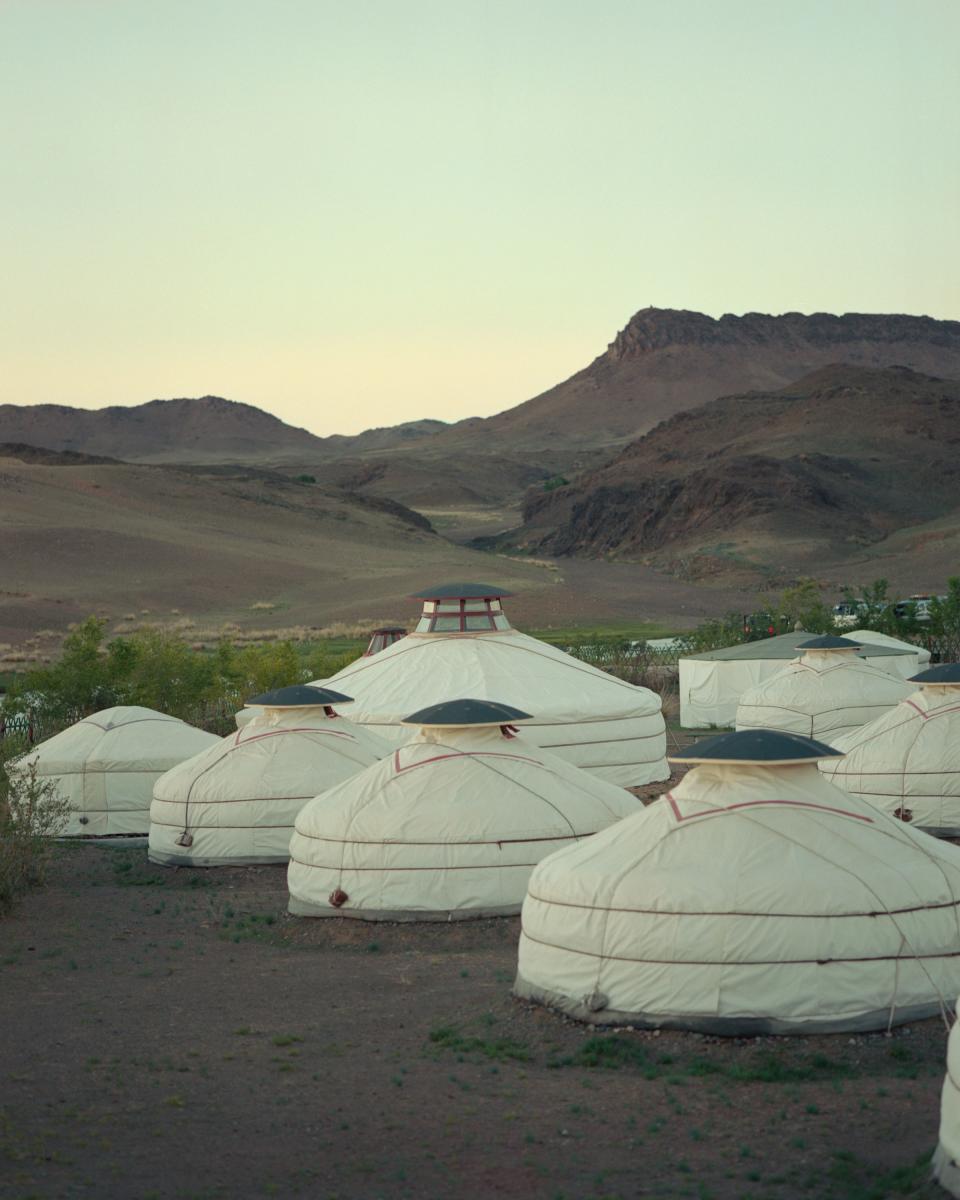
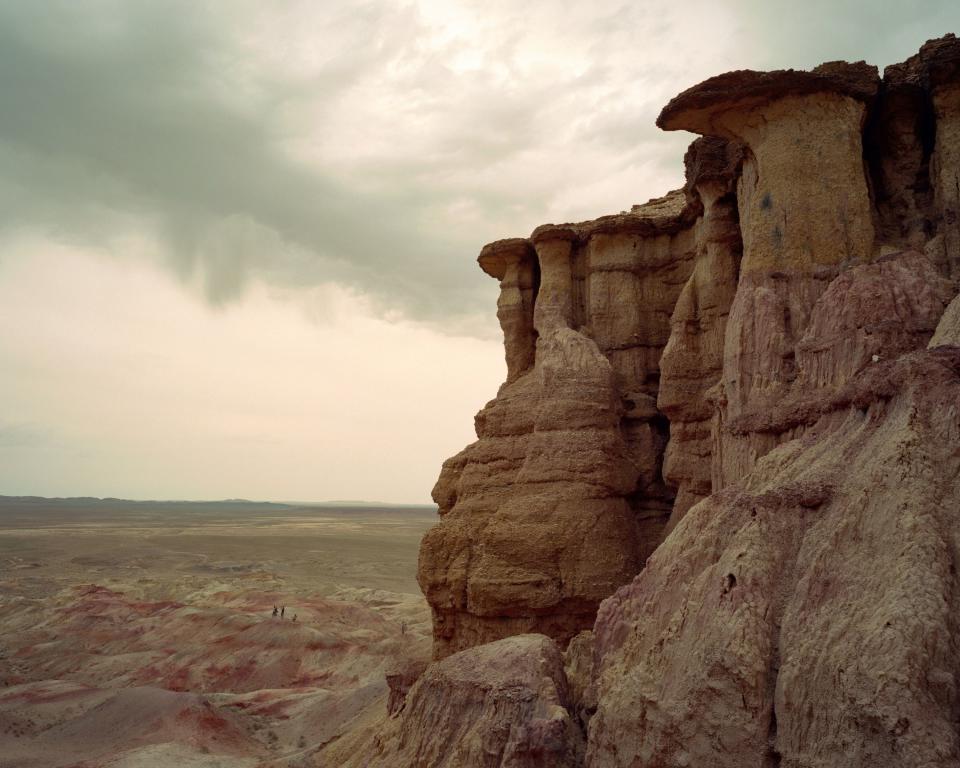
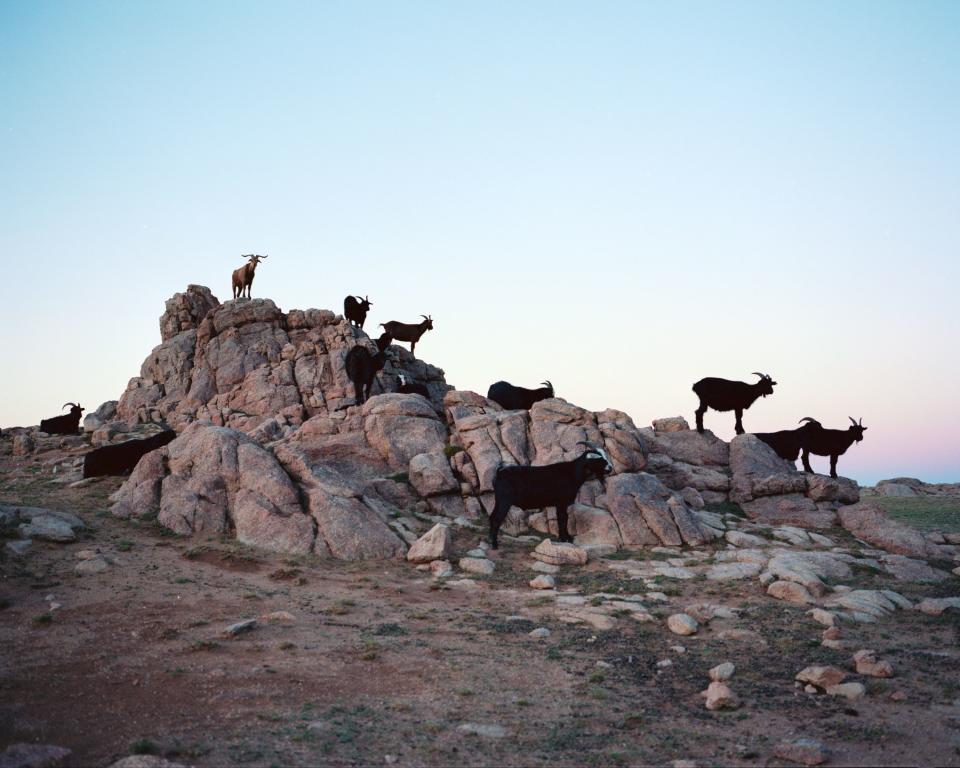
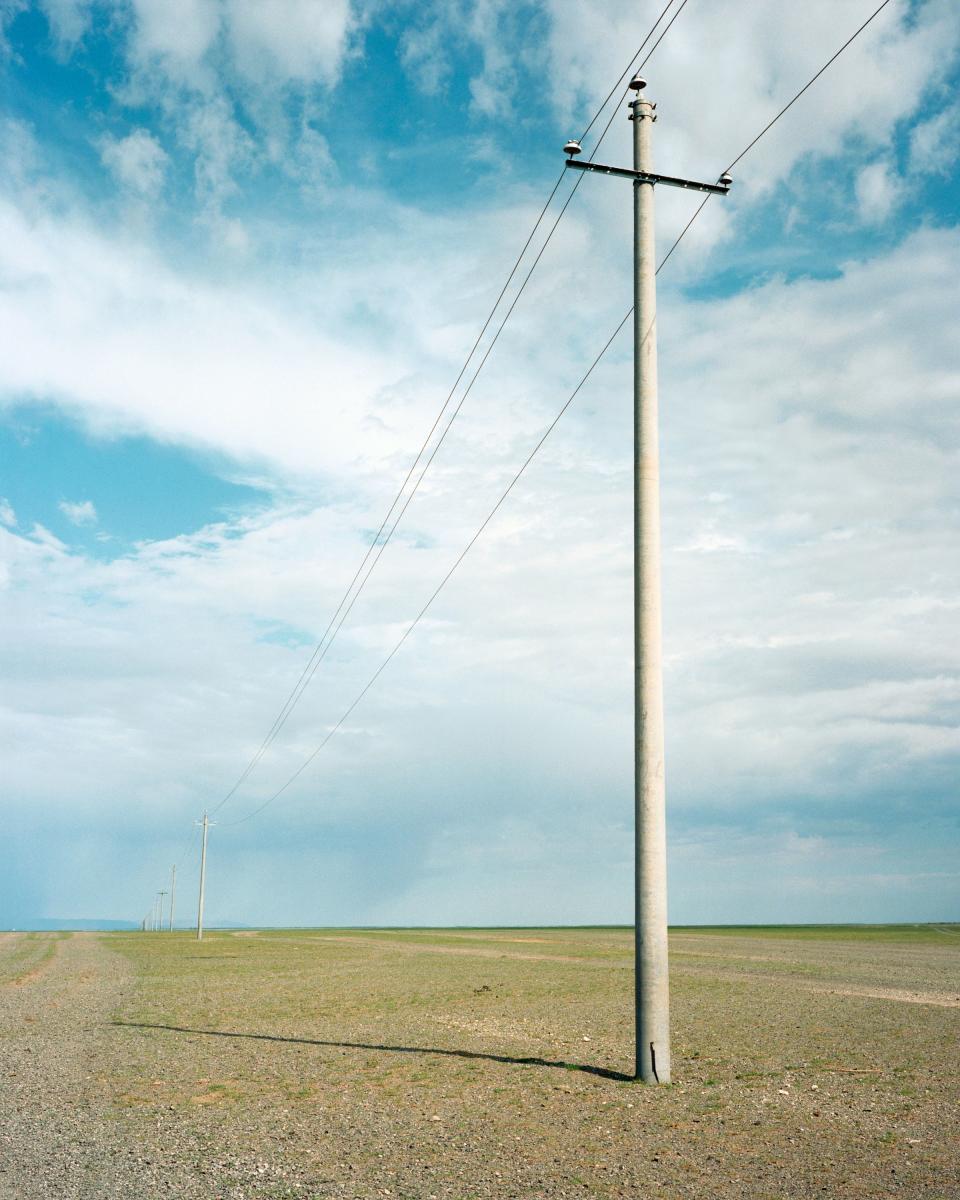
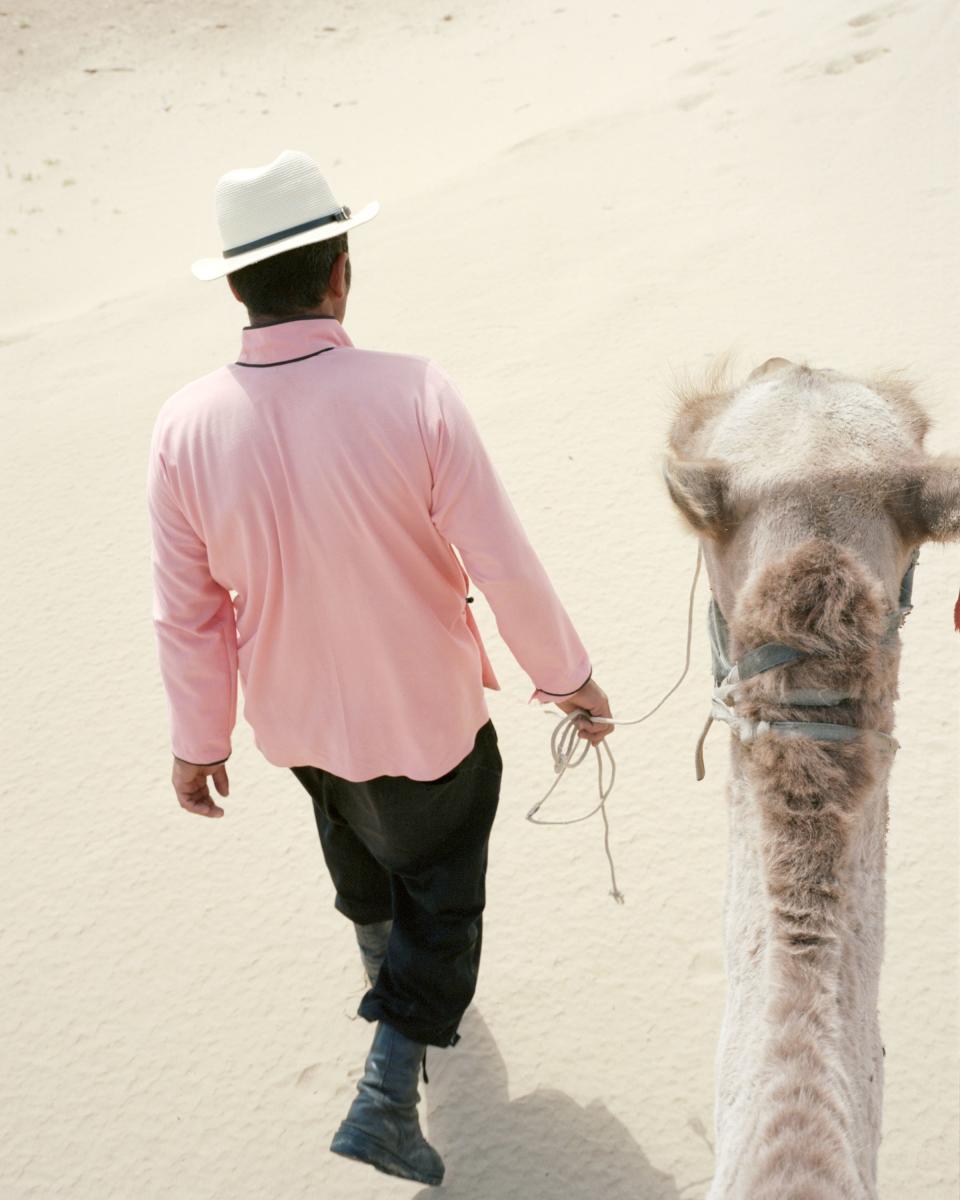
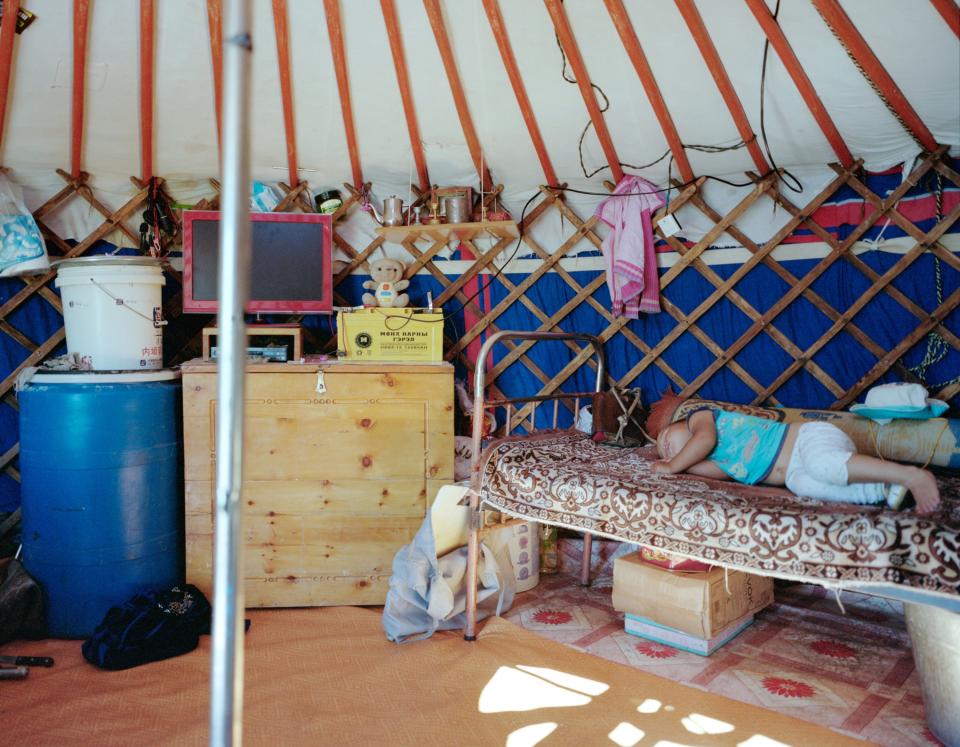
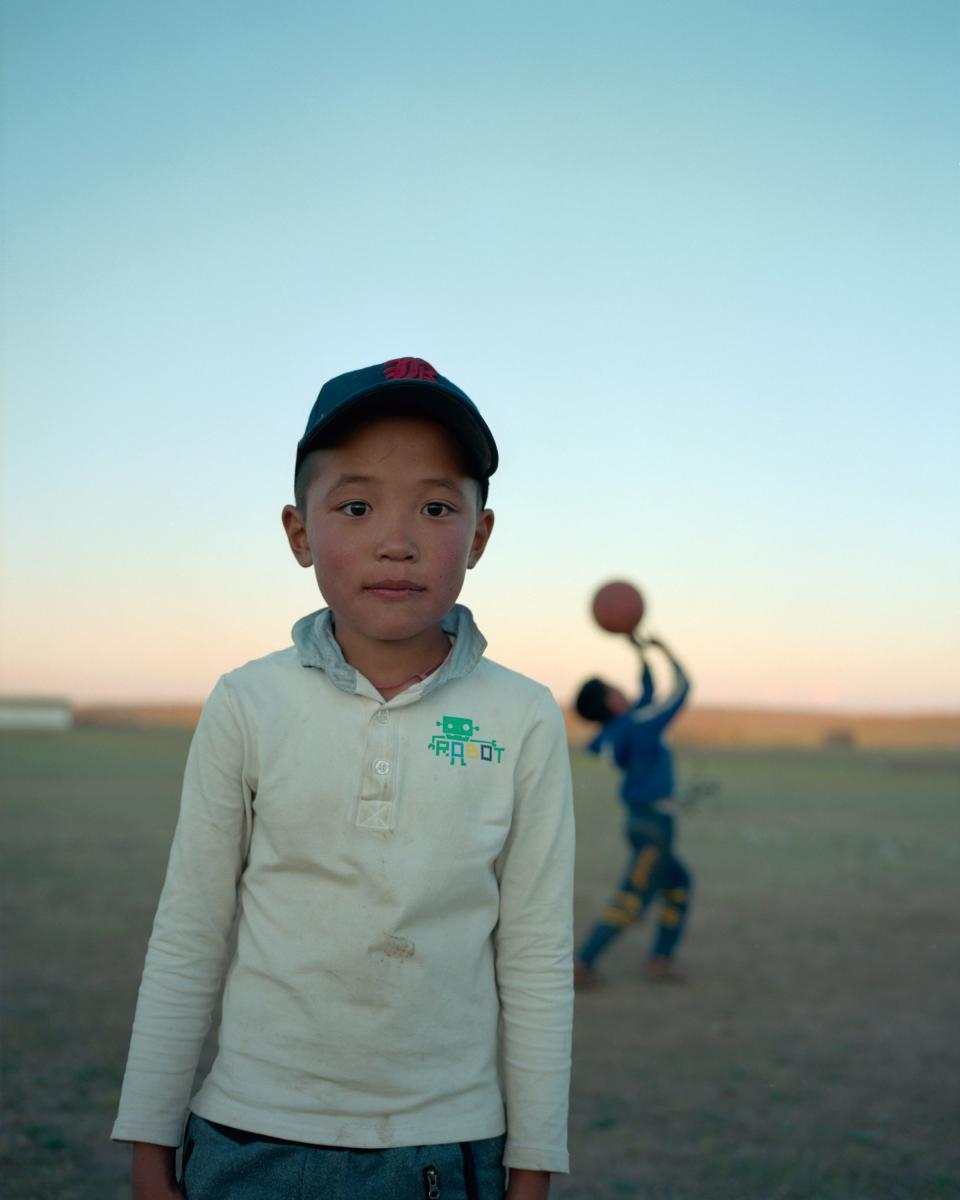
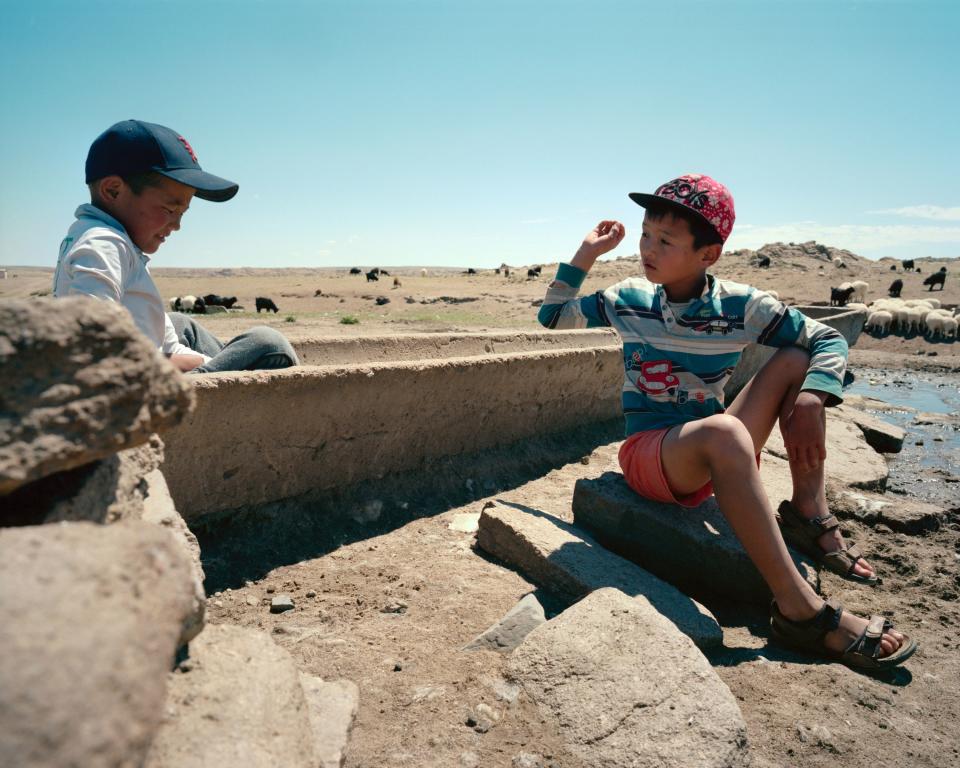
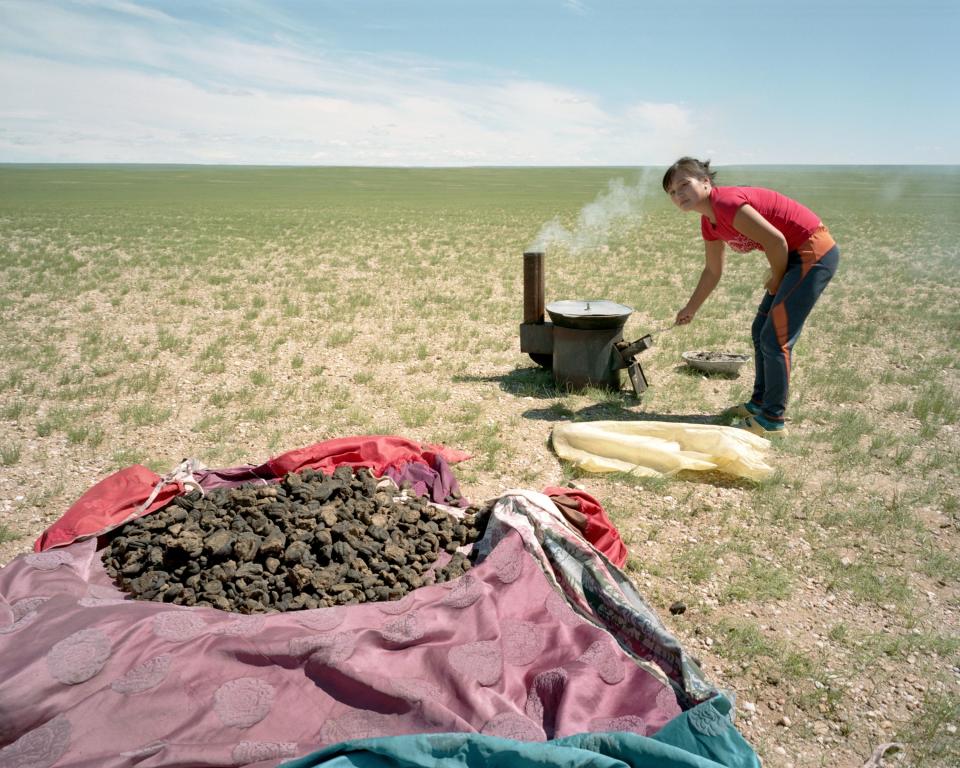
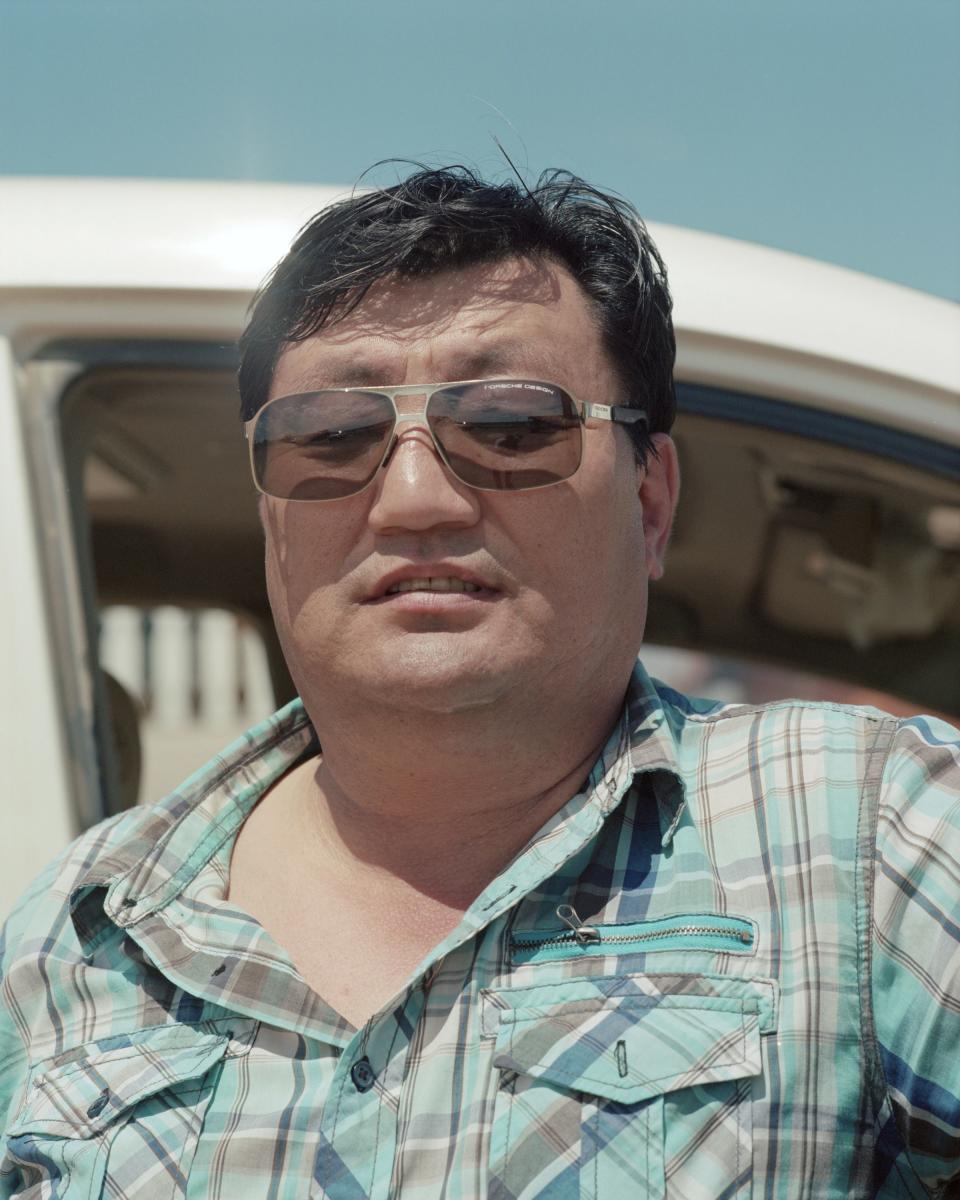
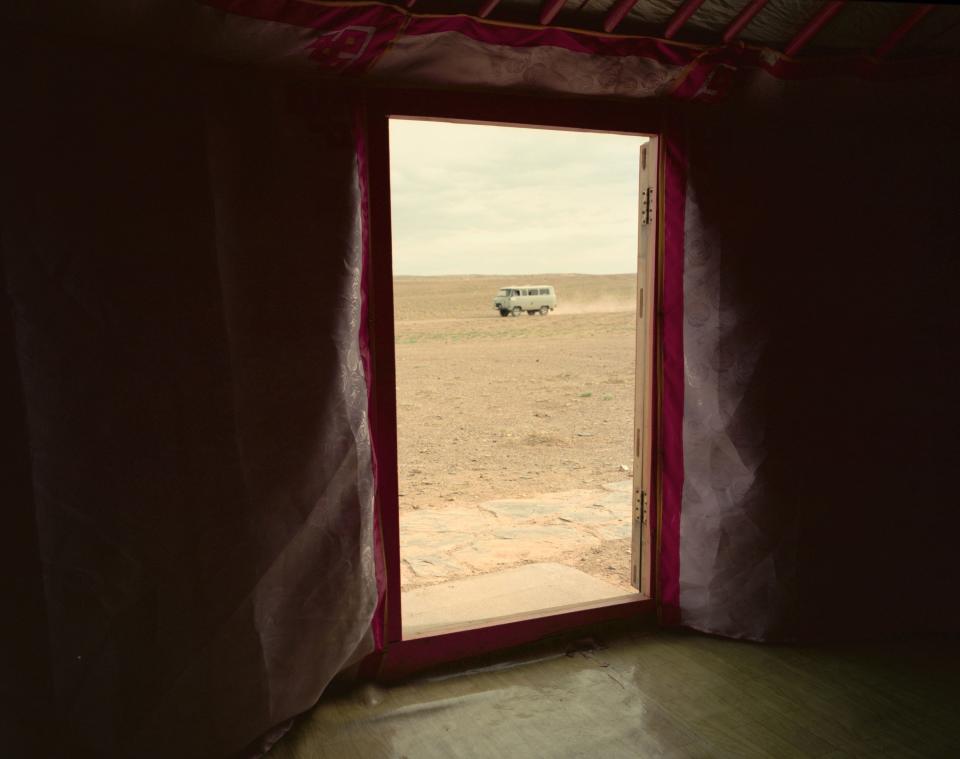
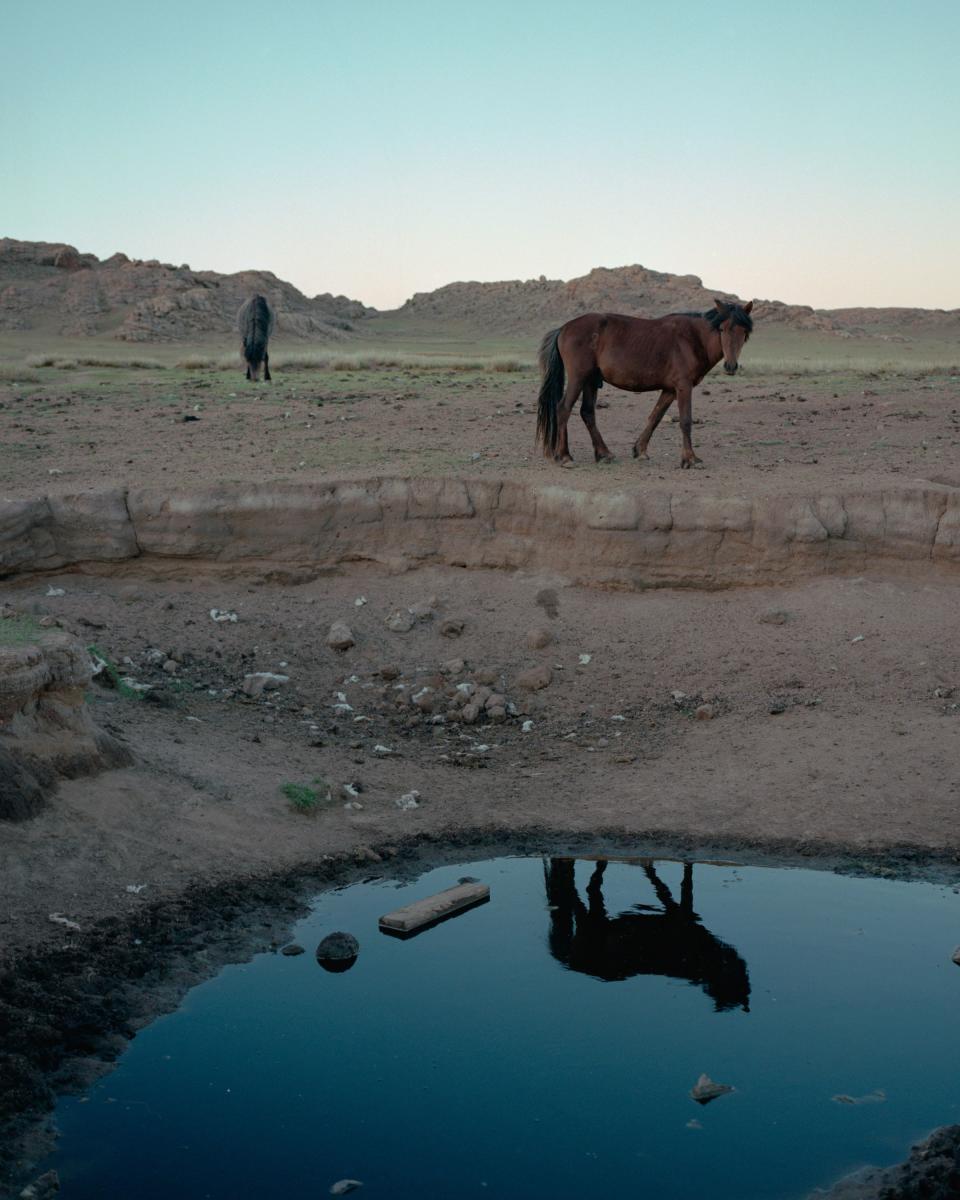
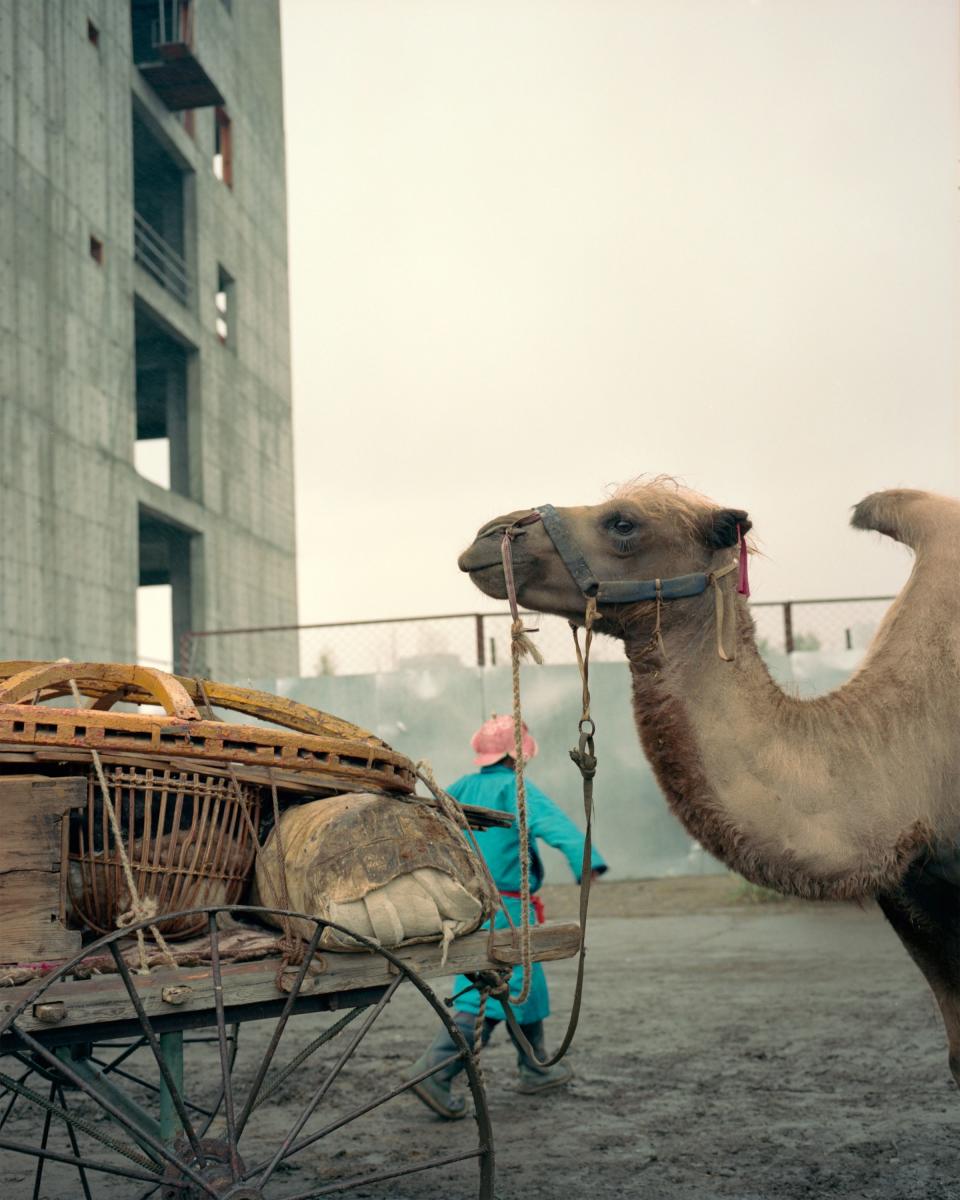
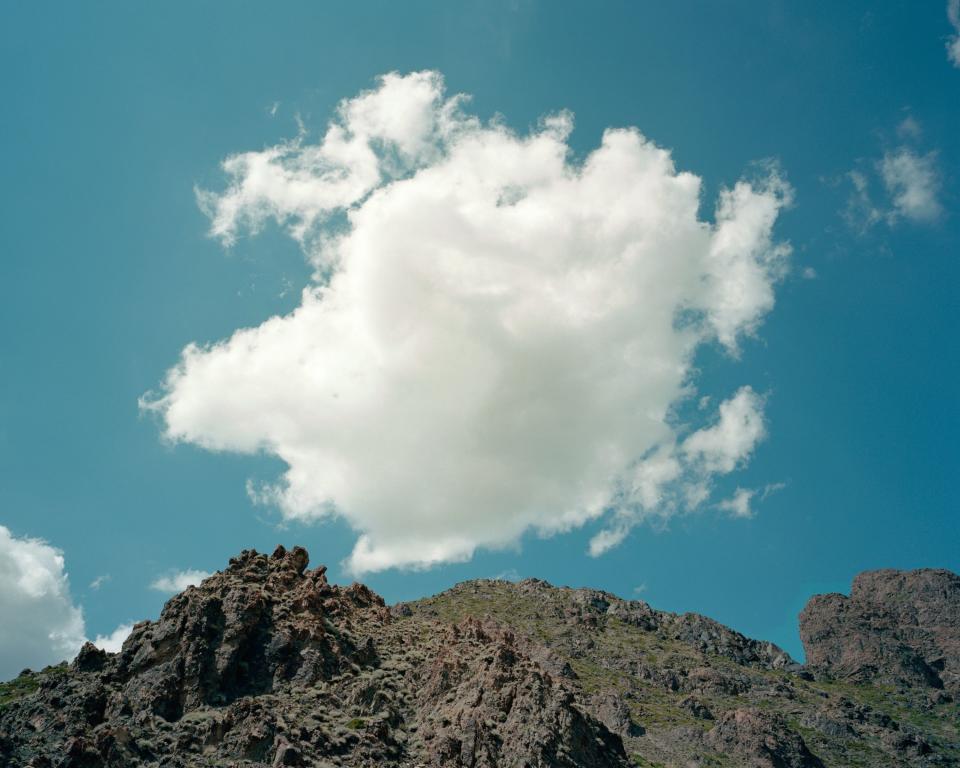
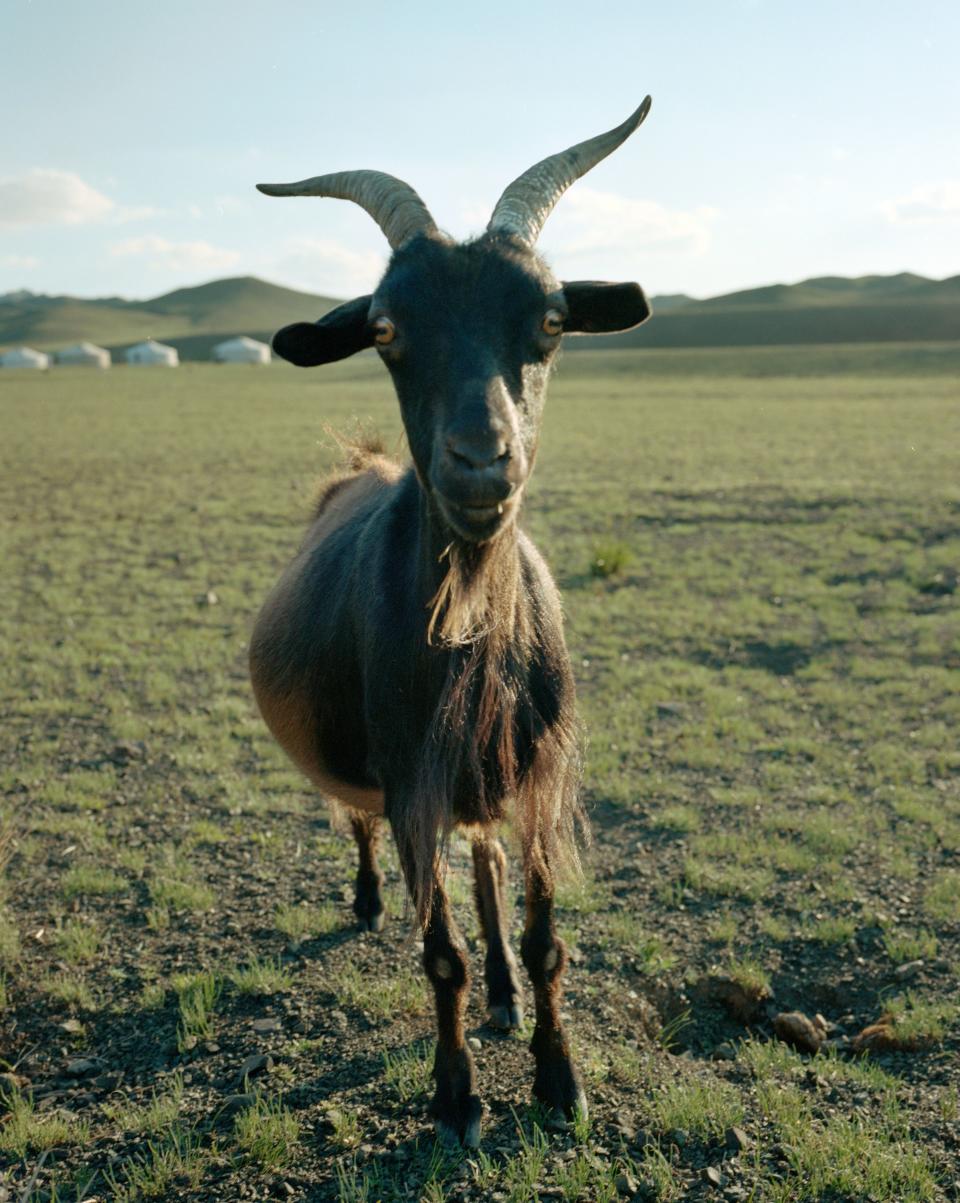
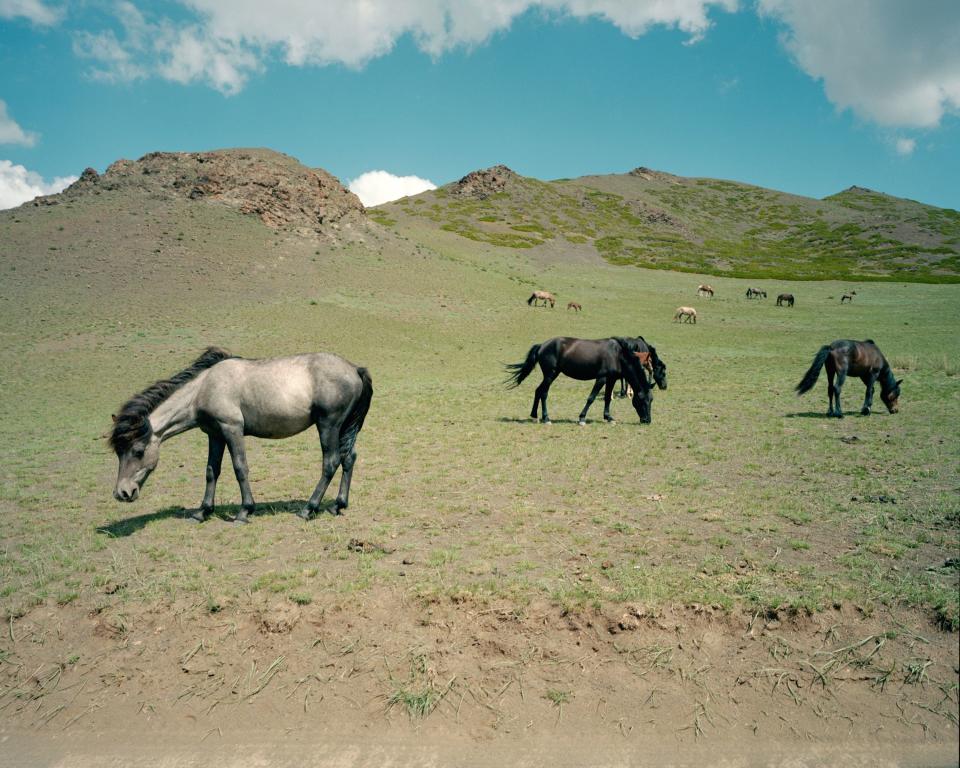
From the passenger seat of an old Toyota van, Mongolia’s scenery seems to change with the breeze: Rocky lunar landscapes give way to rolling grasslands, while purple mountains crumble into flaming red cliffs. It is not uncommon to see herds of roaming camels or wild horses running in the distance.
As we drive, I chat with Aldar, my 20-year-old translator, travel guide, and companion. He was born and raised in Mongolia, and has just completed his freshman year at the university in Ulaanbaatar. Like many young people in his country, Aldar embodies a world in flux. He wears black jeans, black leather boots, and a traditional Mongolian tunic. His black hat is in constant danger of blowing away in the wind.
Aldar speaks five languages, although he says Mongolian doesn’t count. He loves YouTube and the American singer Lana del Rey—neither of which his parents, who came of age during Mongolia’s socialist era, understand. “When my friends and I switch our conversation to English, old people on public transportation look at us funny,” he says. “But they just don’t understand. Memes are too hard to translate into Mongolian.”
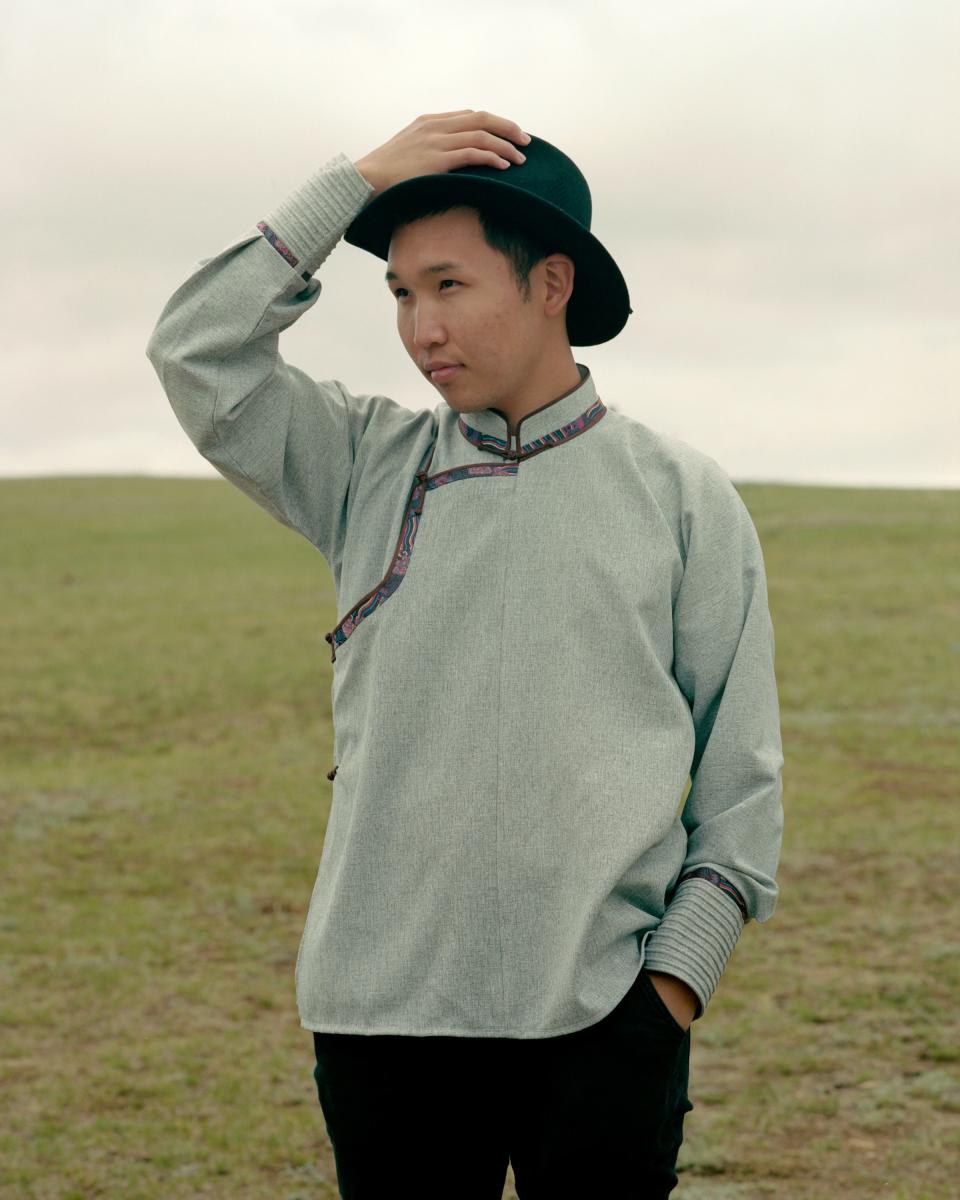
His city is similarly disjointed. In Ulaanbaatar, cars and pedestrians commingle with livestock. Nomadic yurts abut crumbling apartment buildings. Luxury coffee shops pop up next to old statues of Genghis Khan. Nearly 60 percent of Mongolia’s 1.4 million people have moved from the vast countryside into the city, where they seek modernity, urbanity, and a more luxurious lifestyle.
The result is that Ulaanbaatar, a city in the center of a pristine country, has become the most polluted capital in the world. The problem is so severe that in winter months—when fuel-burning and smog are at their most extreme—doctors are advising people to avoid conceiving children.
Leaving the city is a surreal experience. Before the towering smokestacks have even vanished from the rearview mirror, the landscape explodes and the sky becomes huge. The horizon line is so expansive that I am sure I can see the curvature of the earth. Aldar smiles at the sight. “This is why we call Mongolia munkh khukh tengriin oron. ‘The Land of Eternal Blue Sky.’”
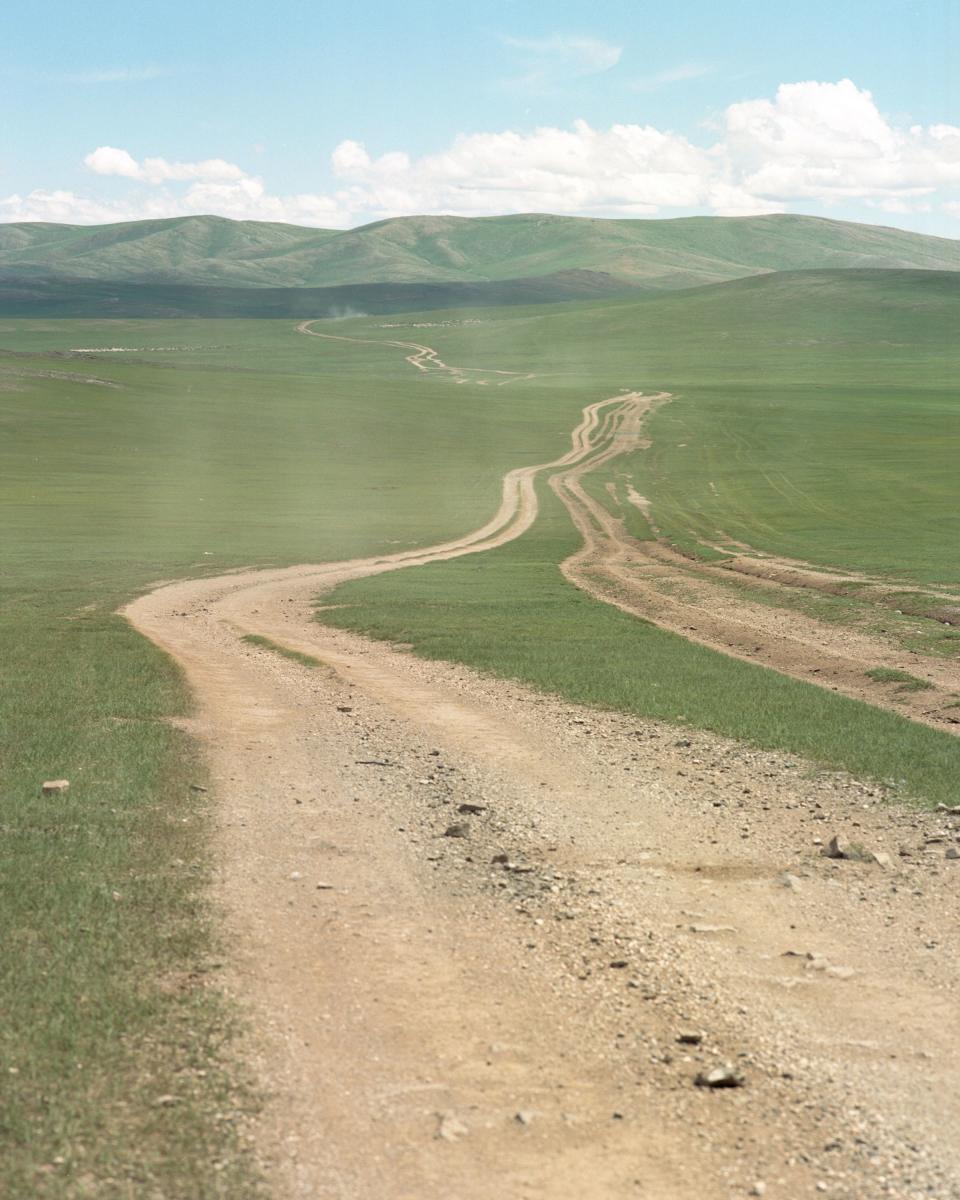
The drives certainly feel eternal, with up to six hours between destinations. Save for a handful of asphalt highways, the roads in rural Mongolia are unpaved; the locals call them “Nature Roads.” Our driver, Ganbat, does not speak a word of English. He is extremely focused: much of his time is spent scaling steep rock faces or rumbling over ravines. There are rarely signs, landmarks, or tire tracks to follow, and he uses no maps or GPS.
“Mongolia is open to anyone,” Aldar says, as if to explain the boundless terrain. “Even if you do own property here, you don’t put up fences. Anyone can pass through or set up camp for a while. It’s the nomadic way.”
I soon learn that the nomadic way runs deep in Mongolia, especially in the countryside. For centuries, nomads have lived in yurts, called gers in Mongolian, which still dot the landscape today. Nomads move several times a year and live only off of what they can bring with them. Agriculture is rare, and most meals consist of mutton, milk, and bread cooked in makeshift ovens fueled by cow manure.
One afternoon, as supper cooks and a hot wind blows through the ger camp, I watch Adam and Aldar play with three nomadic boys who have appeared out of the dust on the steppe. Their families’ gers are just down the road. Over the next several hours, the boys ride their bicycles, chase goats, and sword fight with sticks. At sundown, their parents round them up for dinner.
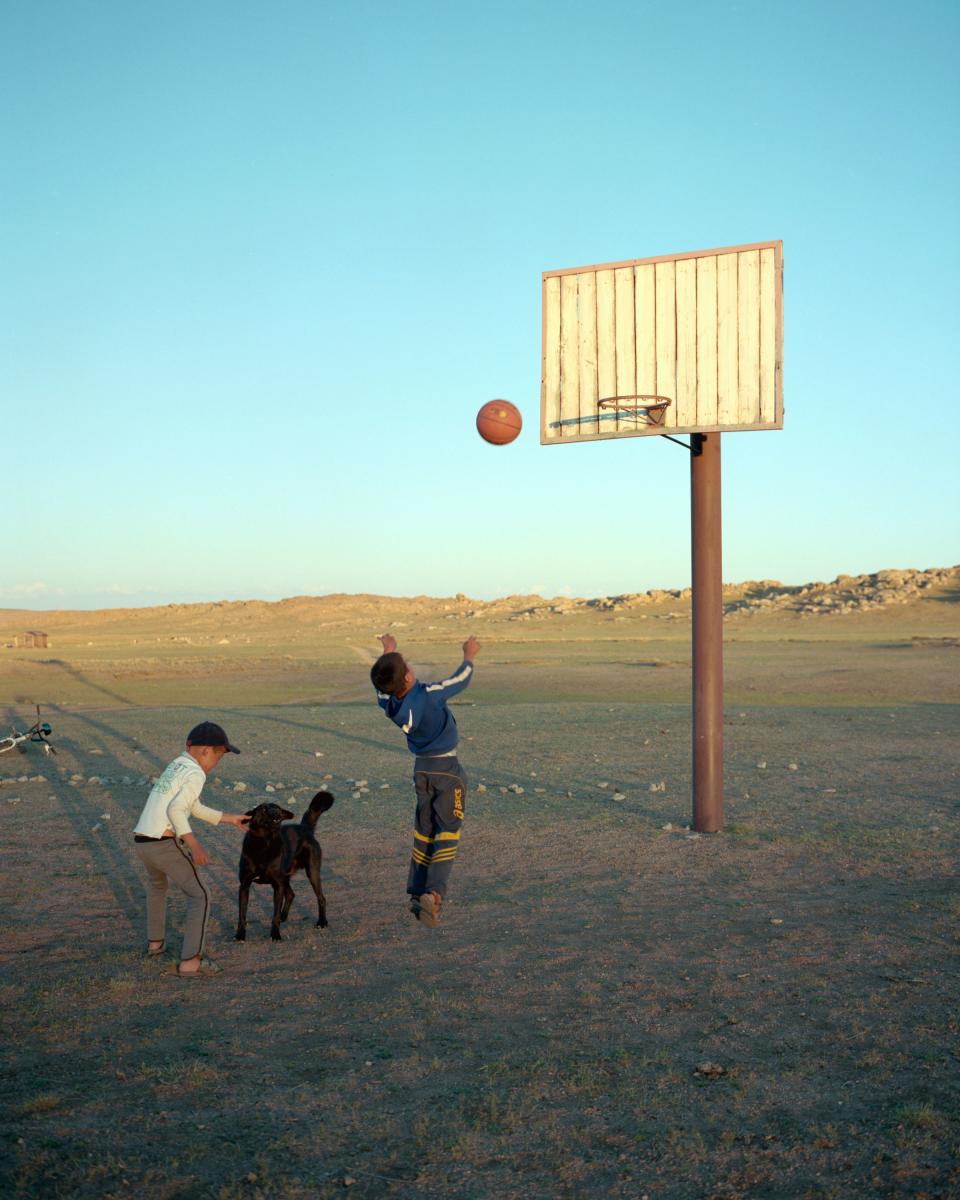
While this seems like a serene world, the trappings of digital life are slowly making their way onto the steppe. Aldar points to the solar panel and sedan parked outside of the boys’ tents. “Many Mongolians now keep gers as their weekend homes,” he says, adding that nomadic teenagers spend as much time watching American movies and looking at Snapchat as they do playing outside. “They want more for themselves. They see what their options are. They want careers, Facebook, apartments.”
For those careers and apartments, Mongolia’s young people are migrating to the city, where the signs of modernization are far less subtle. Teenagers in Ulaanbaatar walk around in T-shirts with the words “Brooklyn” and “California” emblazoned on the front. The red rectangular label of Supreme is everywhere; I watch one weathered old man on a horse put on a Supreme baseball cap to shield his eyes from the sun.
At times, Mongolia seems stuck in a game of tug-of-war: A city of smog pushing against an untouched landscape; teenagers with global dreams pulling on a culture that’s as ancient as the hills. But at least once a year, during Naadam Festival, that ceaseless push-pull comes to a halt.
Naadam lasts for three days every summer. It is centered around the traditional Mongolian games of archery, wrestling, and horse-racing, and is celebrated all across the country. This year, the President kicks it off with a big televised parade in the center of the capital. On the second day, more than half of the city’s residents attend a horse race in a field about an hour outside of town.
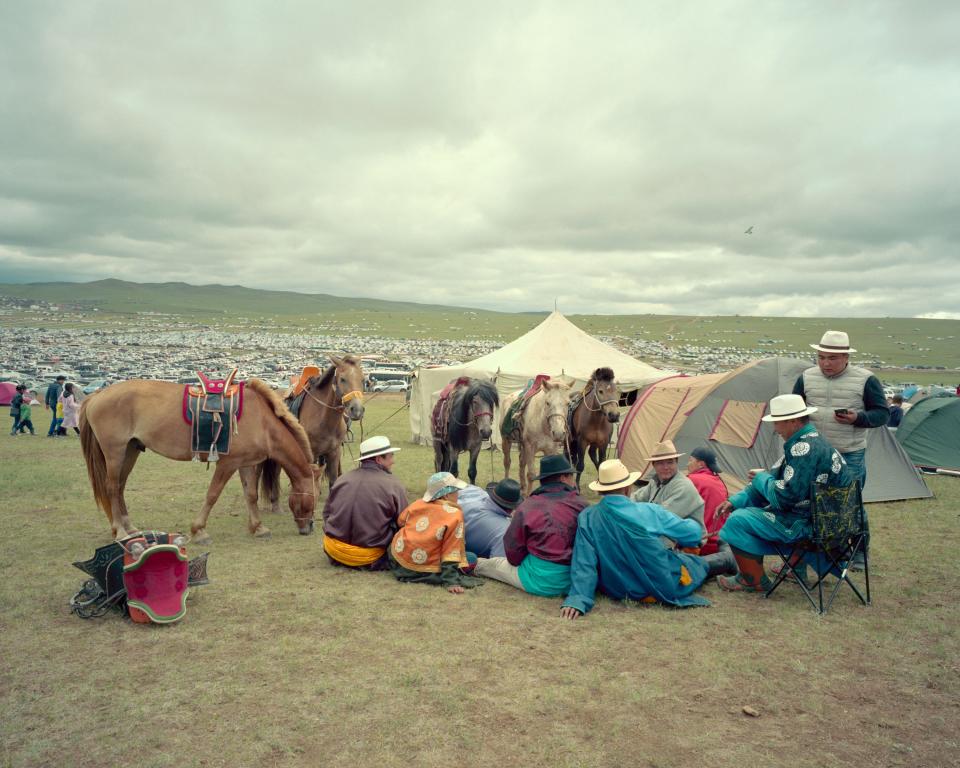
There are hundreds of thousands of people at the race, but one thing that stands out is that there are no long lines or ticket-takers, no metal-detectors or gates. There are hardly even parking attendants to help manage the thousands of cars.
It is a true sense of freedom—perhaps even truer than the American brand, where fear of open fire prevails in large crowds. In Mongolia, there are no signs to abide or rules to follow, no boundaries that cannot be crossed. “We are very proud of the fact that we have no terrorism and no wars,” Aldar says.
At the festival, throat-singers perform ancient songs, children dance in traditional costumes, and food tents serve up mutton dumplings. One vendor sells small Shamanic totems from a folding table, and I ask Aldar if we can meet a Shaman. He tells me that when he was a kid, he had an Uncle who was a Shaman, but that he has since passed away. “Shamans are getting harder to find,” he says. “By 2100, I do not think there will be any more. They will be like one of the tribes we read about in history books.” The statement stings, and yet it feels futile to lament the rapidly changing world. It will happen whether we want it or not.
Still, Mongolia's beauty is not lost on its young people. On one crystal-clear night, Aldar points up to the twinkling sky. "In America, you have five-star hotels. In Mongolia, we have million-star ones." He laughs at his own joke.
Read More Living Stories:
Hilary Swank Wears Elie Saab Couture and Dior at Her Wedding in the Redwoods—Read More
Model Tina Kunakey and Actor Vincent Cassel Are Married in France—Read More
